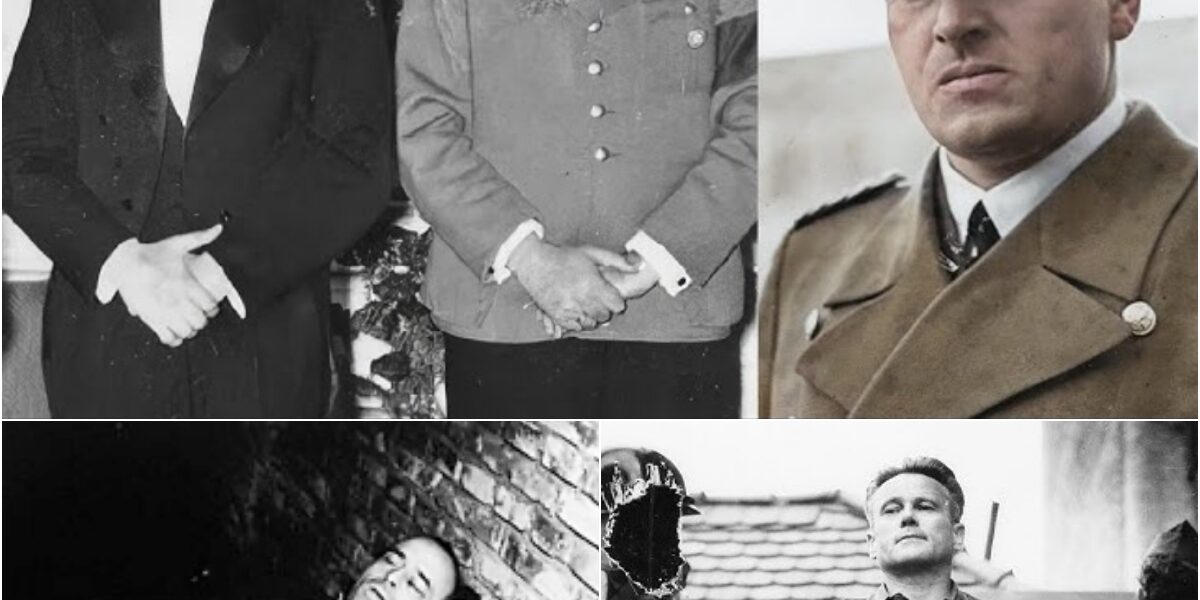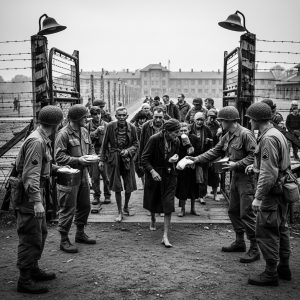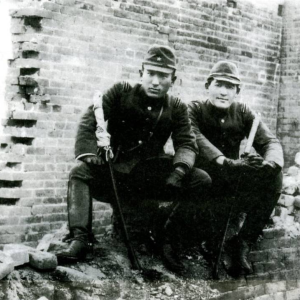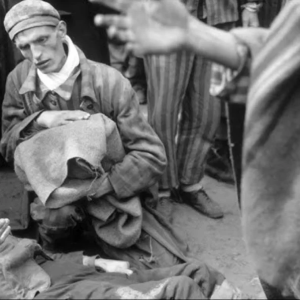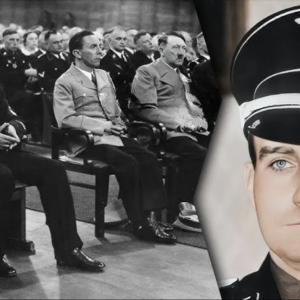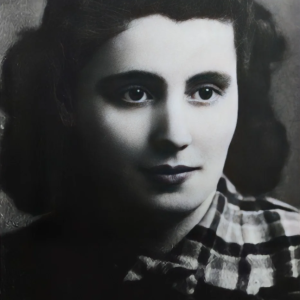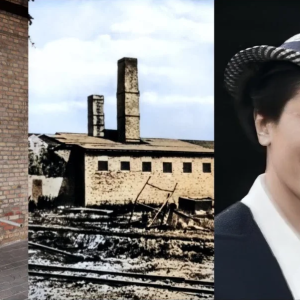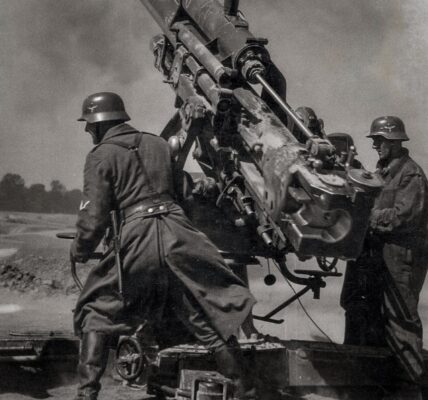THE LAST CONFESSIONS TO THE US ARMY FROM THE “NAZI KING OF POLAND”: Hans Frank – The BUTCHER-Governor who caused 6 million deaths and met a painful end in Nuremberg
Hans Frank (1900–1946), a Nazi jurist and Governor-General of occupied Poland, was nicknamed the “Butcher of Poland” for his role in the exploitation and destruction of the region between 1939 and 1945. As head of the General Government, he oversaw forced labor, ghettoization, and the implementation of the Holocaust, which led to the deaths of millions. Tribuned before the International Military Tribunal at Nuremberg, he was convicted of war crimes and crimes against humanity and hanged on October 16, 1946. This analysis, based on trial transcripts, Frank’s diaries, and historical sources such as the United States Holocaust Memorial Museum, provides an objective overview of his career, the administration of Poland, and his trial, aiming to shed light on Nazi responsibility without sensationalism.
Early career and rise in the Nazi Party
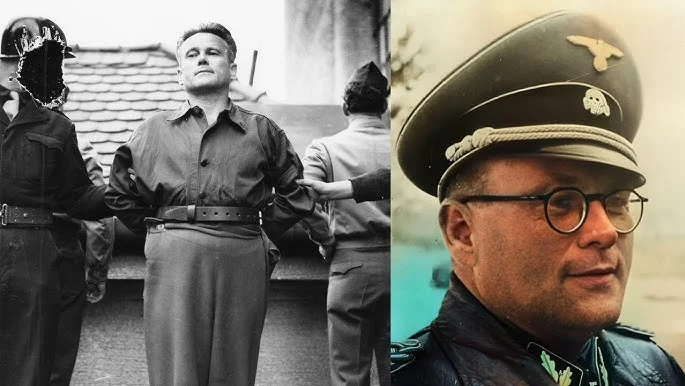
Hans Frank was born on May 23, 1900, in Karlsruhe, Germany, into a middle-class family. He studied law and received his doctorate in 1924. In 1927, he joined the Nazi Party (NSDAP) and in 1929 became Hitler’s personal legal advisor, defending the party in over 2,400 cases. His legal expertise helped the party overcome legal obstacles during its rise to power.
On January 30, 1933, Hitler became Chancellor of the Reich and appointed Frank Bavarian Minister of Justice in April 1933. He held this office until December 1934, after which he became a Reich Minister without Portfolio. On June 2, 1933, Frank was appointed Reich Leader for Legal Affairs, the second-highest political rank in the party. On June 26, 1933, he founded the Academy for German Law, of which he was director and president from 1934 onward. This academy promoted the “National Socialist legal reform,” which aligned the law with racial and economic policies.
Frank’s loyalty secured his position as a leading ideologue, although he came into conflict with SS leaders like Himmler over issues of jurisdiction.
World War II and the invasion of Poland
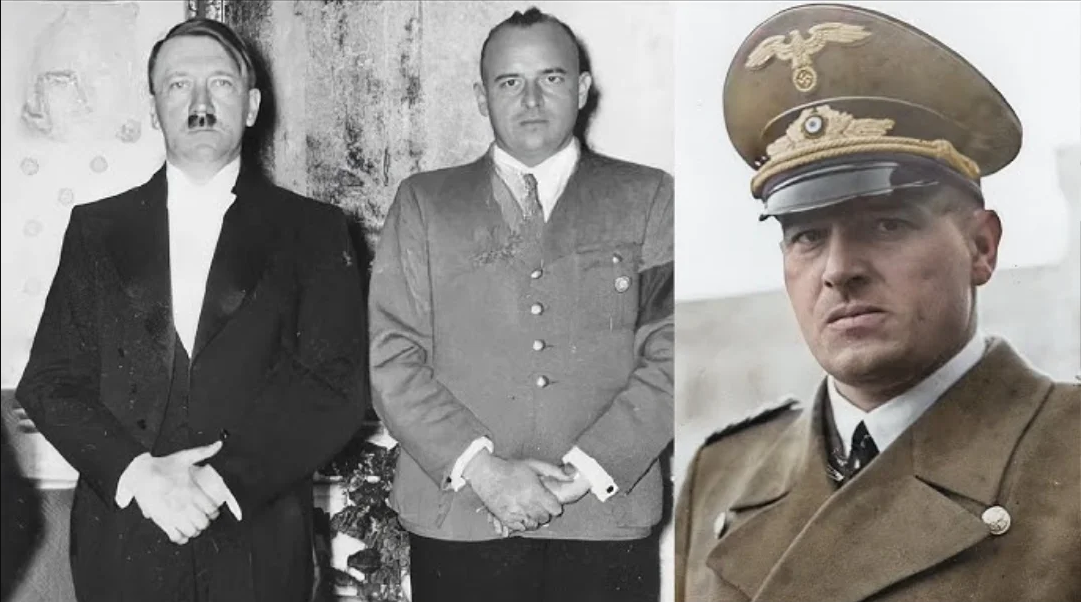
World War II began on September 1, 1939, with the German invasion of Poland. The Soviet Union invaded from the east on September 17, and Warsaw capitulated on September 28. According to the secret additional protocol of the German-Soviet Non-Aggression Pact, Poland was divided: the west to Germany, the east to the USSR, and the central region as the “General Government” under German administration.
Hitler appointed Frank Governor-General on October 12, 1939, knowing full well that he would be obedient. Frank declared Poland a “colony” and labeled its population “slaves of the Greater German Reich.” The General Government, which covered 95,000 square kilometers and had 12 million inhabitants (mostly Poles and Jews), became a center of exploitation and extermination.
Administration of the General Government
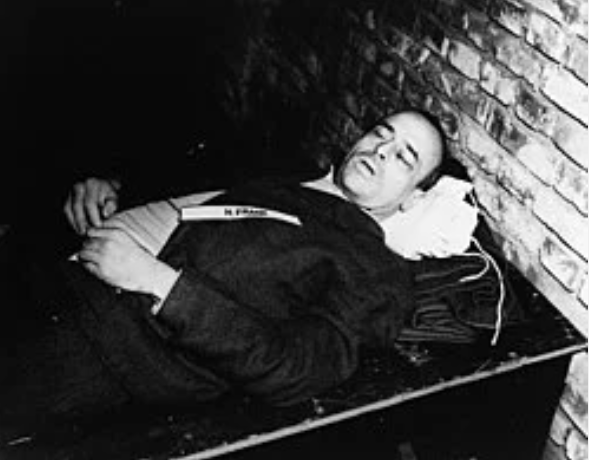
Frank’s rule was ruthless. Poland was treated as a racist dumping ground for forced labor and the extermination of Jews. He oversaw the ghettoization, including the establishment of the Warsaw Ghetto in 1940, where 400,000 Jews were imprisoned in inhumane conditions. Millions of Poles were forced into labor, while factories, such as those in Krakow, produced for the war economy.
Frank clashed with Himmler over the SS’s jurisdiction regarding racial issues and concentration camps. When the SS established its first camp, Himmler retorted, “That’s none of your business!” Despite these tensions, Frank implemented the regime’s objectives and ordered the deportation of Jews to extermination camps like Auschwitz and Treblinka, resulting in the deaths of over three million Polish Jews.
His diaries, which were confiscated by the Allies, contained incriminating statements, such as: “Of course the Jews are the racial tuberculosis of the nations,” which made his complicity clear.
Nuremberg Trials and Execution
Frank was arrested in May 1945 and indicted in Nuremberg on four counts: conspiracy, crimes against peace, war crimes, and crimes against humanity. The trial (1945–1946) targeted 24 major war criminals.
Crimes against peace: Planning the invasion of Poland.
War crimes: Exploitation, forced labor, and cultural destruction in Poland.
Crimes against humanity: Ghettoization, deportations, and support of the Holocaust.
Frank initially denied responsibility, but converted to Catholicism during the trial and expressed remorse. However, his diaries provided overwhelming evidence. On October 1, 1946, he was found guilty on all charges and sentenced to death by hanging.
On October 16, 1946, at the age of 46, Frank was executed in the gymnasium in Nuremberg. His last words were: “I am grateful for the kindness of the American army.” The execution was swift and was one of ten carried out that night.
Legacy and Reflection
Frank’s administration caused the deaths of five to six million Poles, including three million Jews. His trial exposed the perversion of Nazi law by using his own diaries as evidence against him. The Nuremberg Trials set precedents for international law and rejected the defense of “superior orders.”
Historians like Richard J. Evans see Frank as a bureaucratic follower whose remorse appeared theatrical. His case illustrates how the law was misused as a weapon of genocide.
Hans Frank’s rise from Nazi jurist to “Butcher of Poland” and his execution in 1946 embody Nuremberg’s legacy as a symbol of responsibility. From the partition of Poland in 1939 to the horrors of the ghettos, his rule devastated millions of lives. For those interested in history, Frank’s story serves as a reminder of the victims, a confrontation with complicity, and an understanding of the importance of justice. His execution stands as a confirmation of the triumph of law over tyranny and calls for vigilance to prevent its recurrence.
